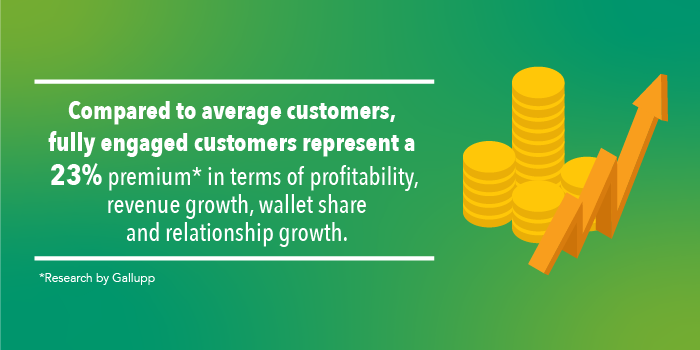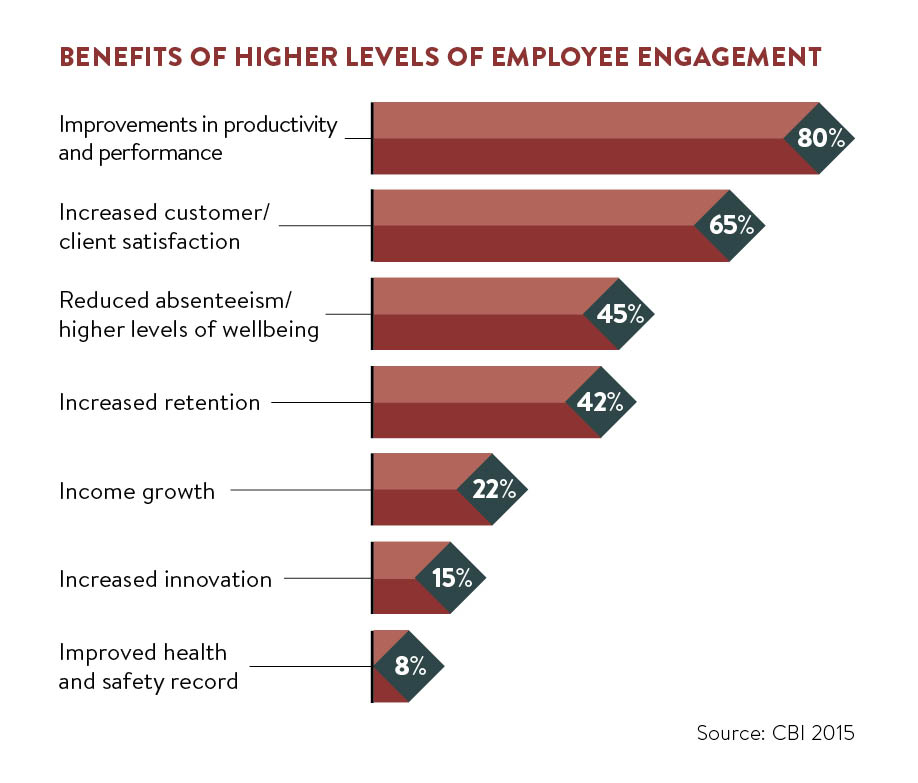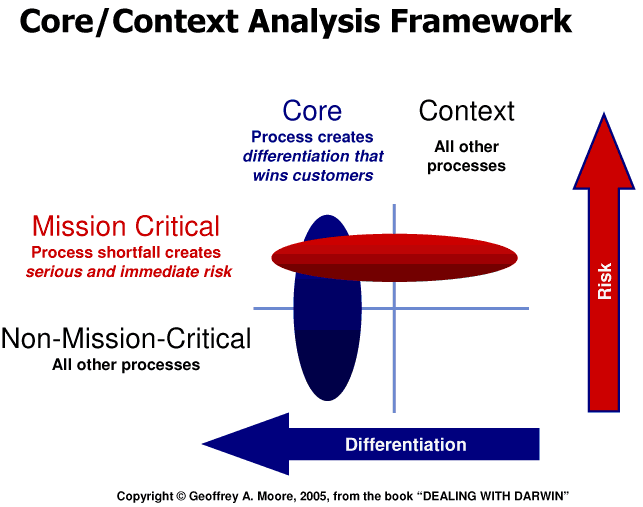
June 29, 2022
In the digital world,
it’s not about the perks it’s about the work
Are your best people working on things they are most passionate about?
According to an earlier Korn Ferry survey, 33% of those changing jobs cited boredom and the need for new challenges as the top reason why they left.
Last year, only 34% of the 57,022 full- and part-time employees surveyed by analytics and consulting firm Gallup reported feeling engaged at work, while 16% said they were actively disengaged in their work and workplace. The numbers weren’t much better in 2020—36% of employees were engaged and 14% were actively disengaged—but 2021 is the first time in a decade that engagement dropped year-over-year, according to the firm.
Today, more than a third of workers are searching actively or casually for a job. As a result, US employers spend $2.9M per day looking for replacement workers. That’s $1.1B per year.
A Gallup study shows that highly engaged workplaces saw 41% lower absenteeism.
It costs businesses $4,129 on average to hire new talent, and around $986 to onboard the new hire. That means you lose over $5,000 each time an employee walks out the door, not to mention the unquantifiable cost of losing an experienced employee.
74% of younger employees would accept a pay cut for a chance to work at their ideal job.
As we emerge from the COVID-19 workplace restrictions, everyone is caught up in the discussion about staying remote vs. going back to the office. At one end of the spectrum, SAP has said employees can work remotely indefinitely while on the other end Elon Musk just told all Tesla employees, they must commit to working a minimum of 40 hours a week on site or leave the company.
Rather than focusing on where work gets done, shift the emphasis to creating work that people really care about which will result in fully engaged employees. As Chris Laping, author of People Before Things said, “There’s nothing more important than connecting people to purpose. It provides meaning, clarity, and commits them to the same cause.”
Fully engaged employees equates to fully engaged customers

Most companies compute the lifetime value of their core customers. They have long utilized the Net Promoter Score (NPS) and other customer experience and satisfaction measurement tools to track how well they are delivering their customer value proposition.
On the other hand, few companies can tell you the lifetime value of their employees and how enabling them to realize their full value has a direct impact on achieving the customers’ lifetime value.
Why not create a net promoter score to measure employee engagement? The question to ask is “how likely are you to recommend that a friend or associate come work for your company?” Armed with the answers to that question, you can start to build a targeted program to move “passives” to “promoters.” The percentage of respondents who are “detractors” will also give you a comparison to the Gallup survey results.
Companies with high levels of fully engaged employees have realized a 65% increase in their customer satisfaction scores as the chart below illustrates.

Additional research studies have shown that companies with a high level of fully engaged employees:
- Have a 19.2% increase in operating income and a 218% higher income per employee
- Deliver 147% higher earnings per share and 21% higher profitabiltity than their competitors
- Outperform the S&P 500 by 122%
So this data begs the question, what does it take to create and deliver a compelling employee value proposition that results in fully engaged employees?
Increase core work while decreasing context work

My brother, Geoffrey Moore, developed the core and context framework as shown above to draw clear distinctions between the different types of work employees are engaged in across any enterprise. As he states:
- Core are those activities e.g. product development & sales that increase a company’s sustainable competitive advantage and directly impact the operating and financial performance of the company. The goal is to create true differentiation by giving customers what they want and cannot get from anyone else.
- Context are all the other activities e.g. finance & legal that must be done but do not directly drive increased revenues, margins, and profits. The goal is to whenever possible outsource context work in order to redeploy resources, time, and budget against core work.
The key point here is the more you can increase an employee’s work on core activities that make a real and direct contribution to the success of the organization, the more likely they are to be fully engaged. Part of that process is to restructure and realign how mission critical work gets done.
From vertical silos to horizontal cross enterprise teams

In today’s digital enterprise, the old vertically integrated siloed organizational structures have given way to horizontally structured, cross-functional teams. This new structure requires increased demand for communication, coordination, and collaboration. To carry out these new mission critical roles and responsibilties, employees need new tools and new incentives:
- They need to have easy access to the latest digital technologies including cloud, mobile, and social tools wherever and whenever they need them.
- They need to have better access to real-time data analytics to help them learn faster than the competition.
- They need training and development programs that are focused on creating sustainable customer relationships, not just efficiently handling customer transactions. In fact, tools like artificial intelligence and machine learning can automate context tasks, freeing up employees for more core tasks.
- They need to be measured by new metrics that more accurately reflect the increasing value they bring to the organization, and the feedback needs to be fast and frequent.
- They need to be compensated for delivering both short-term results and increasing the company’s long-term power to grow.
Delivering these new tools and incentives will be critical in reducing context activities and increasing core activities which will result in significant gains in the number of fully engaged employees. Simply put, enabling your employees to make a difference is just as important as enabling them to make a dollar.
As always, I am interested in your comments, feedback and perspectives on the ideas put forth in this blog. Please e-mail them to me on linkedin. And, if this content could be useful to someone you know please share it here:




